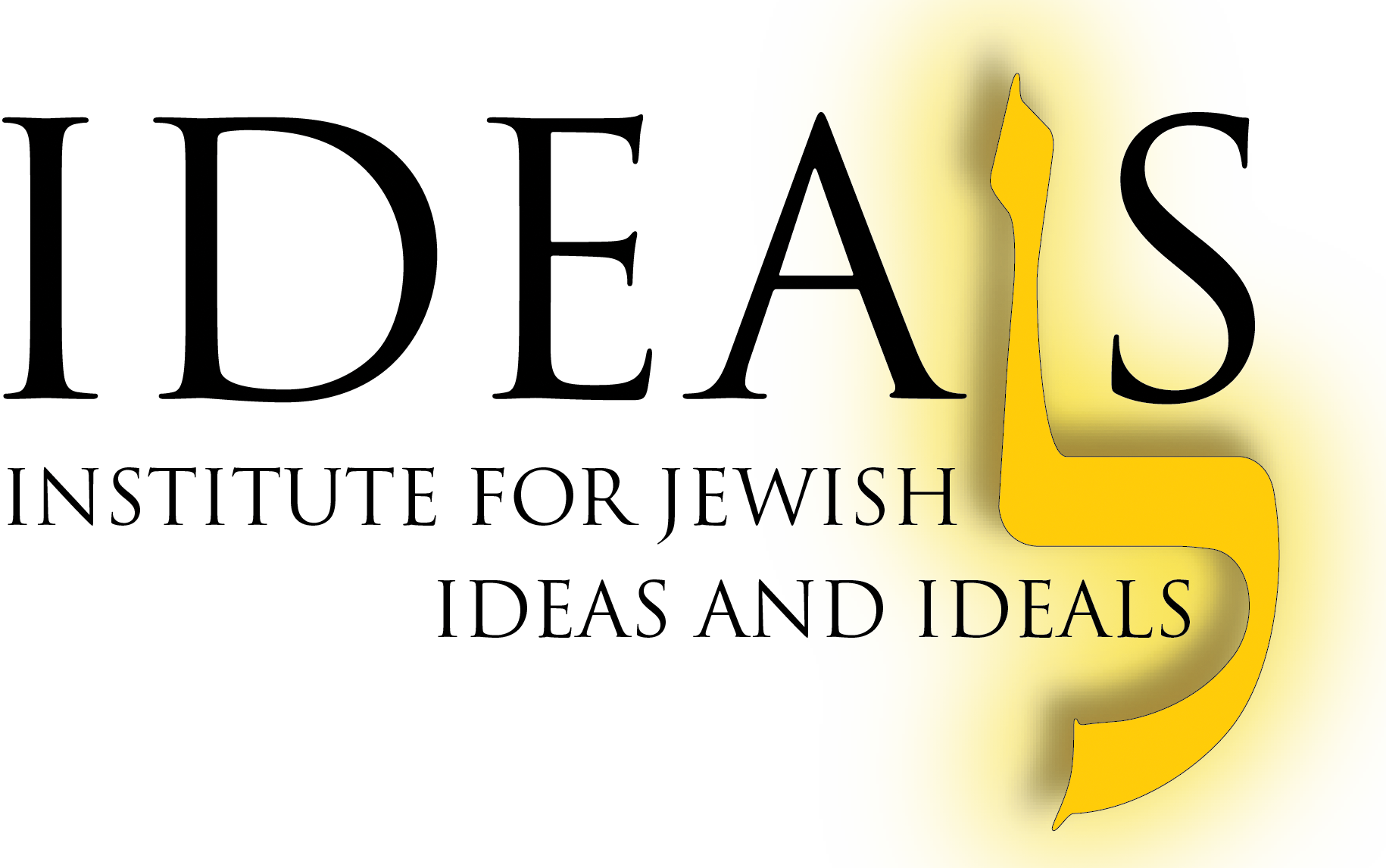Paired Perspectives on the Parashah
The weekly Torah reading invites us not only to study sacred text but to listen to the many voices through which Torah has been understood across the generations. In this new column, we will explore the parashah through paired perspectives: the classical teachings of our Sages and the medieval exegetes alongside literary and historical insights from modern scholarship. Our goal is not to smooth over differences, but to deepen understanding by letting these approaches speak to one another. Each edition will center on one verse or theme and ask: How do different paths within Torah study open new ways to encounter the divine word?
I hope you enjoy this new column and that it opens new avenues of Torah study and reflection.
Rabbi Hayyim Angel
National Scholar
Vayera: Isaac and Ishmael, Parallels and Divergences
Genesis chapters 21 and 22 place two sons of Abraham in mortal danger, one immediately after the other. The Torah invites careful comparison. In both narratives, a parent rises early in the morning and sets out on a journey that leads a child to the brink of death (21:14; 22:3). In both, a heavenly messenger intervenes at the final moment to avert tragedy. And in both, divine blessing follows, promising each child to become the father of a great nation.
The parallels are unmistakable. Yet the question remains: how are we meant to read them? Do the stories align Isaac and Ishmael in shared destiny, or do they stand as contrasting models of covenantal life and spiritual response?
Rabbi Yaakov Medan argues for deep continuity. In Ki Karov Elekha (pp. 142–43), he reads these scenes as intentionally linked, underscoring the enduring bond between the two sons. A Midrash cited by Rashi captures this impulse: when God tells Abraham to “take your son,” Abraham replies, “But I have two.” “Your beloved one,” God says, and Abraham answers, “I love them both.” Only then does God specify Isaac (Rashi on 22:2). The Torah later confirms their continued connection; when Abraham dies, Isaac and Ishmael stand together to bury their father (25:9). This family bond, Rabbi Medan suggests, stretches across tension, separation, and divergent destinies. The echoes between chapters 21 and 22 invite us to hear not only the trials but also the shared story of Abraham’s sons.
Rabbi Chanoch Waxman, by contrast, emphasizes that the narrative parallels heighten a profound contrast. In his Virtual Beit Midrash shiur on Vayera (Yeshivat Har Etzion), Rabbi Waxman notes that Hagar, confronted with Ishmael’s suffering, is overcome with anguish. She casts her son aside and breaks down in tears. Ishmael, too, cries out. Their response is deeply human and sympathetic, but marked by panic, despair, and separation.
Abraham and Isaac, however, march together. Twice the Torah declares vayelekhu shenehem yahdav—they walked together—even as Isaac gradually understands the mission. However shocking the divine command, father and son confront the crisis with courage, shared purpose, and faith. In this reading, the Akedah becomes an instance of heroic spiritual strength, in stark contrast to Hagar’s anguished collapse.
Each perspective illuminates the text. Rabbi Medan draws our attention to the deep familial bonds and God’s continued concern for both children of Abraham, teaching empathy and broad covenantal vision. Rabbi Waxman highlights the extraordinary courage and faith that the Akeidah demands, sharpening our sense of Abraham and Isaac’s greatness and togetherness in the face of the unthinkable.
Both approaches speak powerfully. Ishmael and Hagar deserve our full sympathy; exile and fear are not failures but human realities, and God responds with compassion. At the same time, the Akedah calls us to recognize a model of steadfast spiritual commitment, united resolve in crisis, and the possibility of walking forward together even when God’s path seems hidden.
The Torah holds both truths. It honors the tears in the desert and the quiet steps up the mountain. And it challenges us, in our own moments of trial, to carry empathy for human vulnerability alongside aspiration toward covenantal courage.

